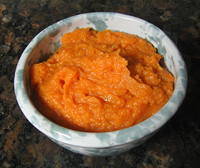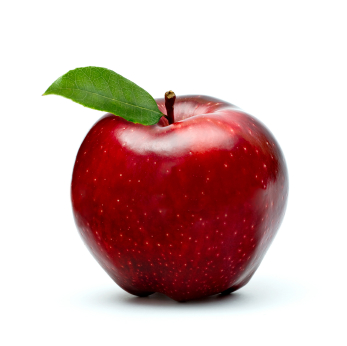For Thanksgiving – A Healthy Green Bean Cassarole Recipe!
 From EatingWell: November/December 2008
From EatingWell: November/December 2008
This healthy revision of green bean casserole skips the canned soup and all the fat and sodium that come with it. Our white sauce with sliced fresh mushrooms, sweet onions and low-fat milk makes a creamy, rich casserole.
6 servings, about 3/4 cup each
Active Time: 30 minutes
Total Time: 45 minutes
Nutrition Profile
Diabetes appropriate, low calorie, low cholesterol, low saturated fat, heart healthy, healthy weight, high calcium, high fiber.
Ingredients
• 3 tablespoons canola oil, divided
• 1 medium sweet onion, (half diced, half thinly sliced), divided
• 8 ounces mushrooms, chopped
• 1 tablespoon onion powder
• 1 1/4 teaspoons salt, divided
• 1/2 teaspoon dried thyme
• 1/2 teaspoon freshly ground pepper
• 2/3 cup all-purpose flour, divided
• 1 cup low-fat milk
• 3 tablespoons dry sherry or chicken stock
• 1 pound frozen French-cut green beans, (about 4 cups)
• 1/3 cup reduced-fat sour cream
• 3 tablespoons buttermilk powder or dry milk powder, (see Ingredient Note)
• 1 teaspoon paprika
• 1/2 teaspoon garlic powder
Preparation
1. Preheat oven to 400°F. Coat a 2 1/2-quart baking dish with cooking spray.
2. Heat 1 tablespoon oil in a large saucepan over medium heat. Add diced onion and cook, stirring often, until softened and slightly translucent, about 4 minutes. Stir in mushrooms, onion powder, 1 teaspoon salt, thyme and pepper. Cook, stirring often, until the mushroom juices are almost evaporated, 3 to 5 minutes. Sprinkle 1/3 cup flour over the vegetables; stir to coat. Add milk and sherry and bring to a simmer, stirring often. Stir in green beans and return to a simmer. Cook, stirring, until heated through, about 1 minute. Stir in sour cream and buttermilk powder. Transfer to the prepared baking dish.
3. Whisk the remaining 1/3 cup flour, paprika, garlic powder and the remaining 1/4 teaspoon salt in a shallow dish. Add sliced onion; toss to coat. Heat the remaining 2 tablespoons oil in a large nonstick skillet over medium-high heat. Add the onion along with any remaining flour mixture and cook, turning once or twice, until golden and crispy, 4 to 5 minutes. Spread the onion topping over the casserole.
4. Bake the casserole until bubbling, about 15 minutes. Let cool for 5 minutes before serving.
Tips & Notes
• Don’t use the high-sodium “cooking sherry” sold in many supermarkets. Instead, purchase dry sherry sold with other fortified wines.
• Look for buttermilk powder, such as Saco Buttermilk Blend, in the baking section or with the powdered milk in most supermarkets.
Nutrition
Per serving: 212 calories; 10 g fat ( 2 g sat , 5 g mono ); 10 mg cholesterol; 23 g carbohydrates; 7 g protein; 3 g fiber; 533 mg sodium; 259 mg potassium.
Nutrition Bonus: Calcium (16% daily value).
Carbohydrate Servings: 1 1/2
Exchanges: 1/2 starch, 1 vegetable, 2 fat







 Years ago fats got a bad name in nutrition. As a result, food manufacturers started taking out the fat, but in order to make the food palatable they had to enhance the flavor with sweeteners, which created a whole different set of problems. Now people are gaining a better understanding about fats and are realizing that not all fats are created equal and fats are even essential to a healthy diet.
Years ago fats got a bad name in nutrition. As a result, food manufacturers started taking out the fat, but in order to make the food palatable they had to enhance the flavor with sweeteners, which created a whole different set of problems. Now people are gaining a better understanding about fats and are realizing that not all fats are created equal and fats are even essential to a healthy diet.